HOME > Basketball
In the past, I wanted to say that the strongest international player was Yao Ming, but now Yao Ming cannot be on the list.
6:42pm, 3 July 2025【Basketball】
On July 3, when talking about the strongest player lineup in the international basketball world in the past, Chinese fans would always proudly include Yao Ming's name as the starter. The 2.26-meter-tall "Mobile Great Wall" once gained a foothold in the NBA with averaging 19 points and 9 rebounds per game. She was selected as the All-Star 8 times and entered the Best of the Year 5 times. In 2007, she led the Rockets to a brilliant record of 22 consecutive victories. At the 2008 Beijing Olympics, he led the Chinese men's basketball team to fight the top Spain to overtime, becoming a collective memory of a generation. However, time has changed, and when we examine the competitive level of today's international players, we have to admit a cruel fact: even on the bench, Yao Ming may find it difficult to get a place.
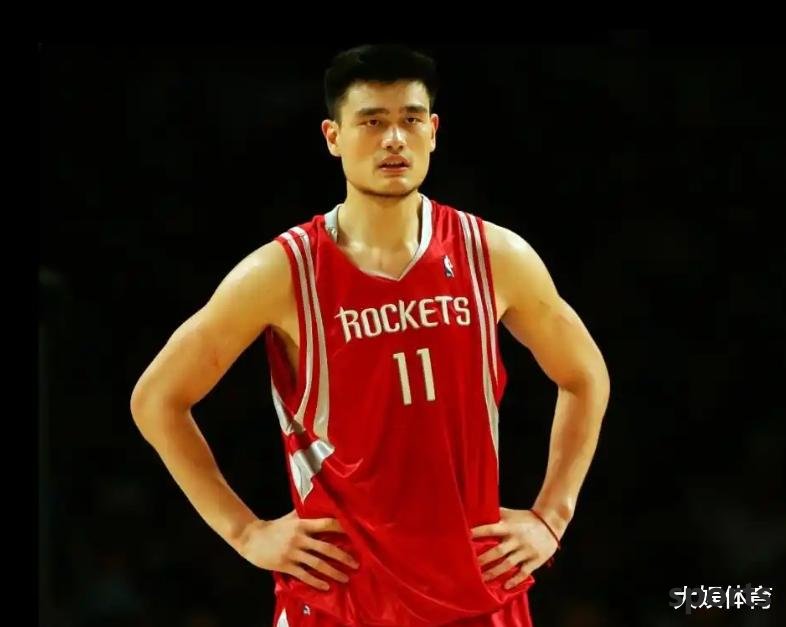
This change first stems from the explosion of international basketball talent. Antetokounmpo has won two MVPs and led the Bucks to win the championship. His average of 31.1 points and 11.8 rebounds per game in the 2023-24 season is terrifying; Jokic has completed three consecutive MVP Zhuang Weiye, whose quasi-triple double performance of averaged 26.4 points, 12.4 rebounds and 9 assists per game redefined the tactical value of the center; Doncic has been selected for four consecutive years, leading the Mavericks to the finals with epic data of 33.9 points, 9.2 rebounds and 9.8 assists last season. The "new three giants" composed of these three European superstars have surpassed the peak of Yao Ming's career in terms of honor and data. Not to mention the Cameroonian MVP like Embiid and an epoch-making star like Wenban Yama - this French genius rookie delivered a 21.4 point, 10.6 rebounds and 3.6 blocks in his first season. His defensive coverage even made the media exclaim "More terrible than the peak Yao Ming." The tactical revolution in modern basketball further amplifies this gap. The requirements for centers in the small ball era have changed from low-post singles in the Yao Ming era to the need to have three-point shooting range (such as Jokic's three-point shooting percentage of 35%), high-level support (Jokic's average assists per game is close to double-digits) and unlimited defense switching capabilities. In contrast, although Yao Ming has a historical feel and solid footsteps, his career three-point shooting percentage is only 20%, and the defensive movement speed will become a significant shortcoming under the current system that emphasizes space and rhythm. In the 2023 Finals, the showdown between Jokic and Adebayo fully demonstrates how comprehensive the modern center needs - the former can attack from any position, while the latter must be able to defend five positions. This requirement is obviously different from Yao Ming's technical characteristics. The upgrade of the international player training system is more worthy of deep thought. When Yao Ming entered the NBA, international players were still regarded as "rare species", and now the proportion of international players in the NBA's best team has exceeded 40%. Players trained by the European youth training system have received more systematic tactical literacy training since childhood. The physical talents of African players have been extremely developed through scientific training, and even elite strikers like Hachimura have emerged in Asia. Compared with Yao Ming's growth trajectory when he was 22 years old, the 19-year-old Wenban Yama can already defeat all sides in the NBA, and the 18-year-old Spanish point guard Izan Almanza is regarded as the next Magic by the scouts. This kind of "industrial output" of talent training has greatly diluted the scarcity of individual talented players.
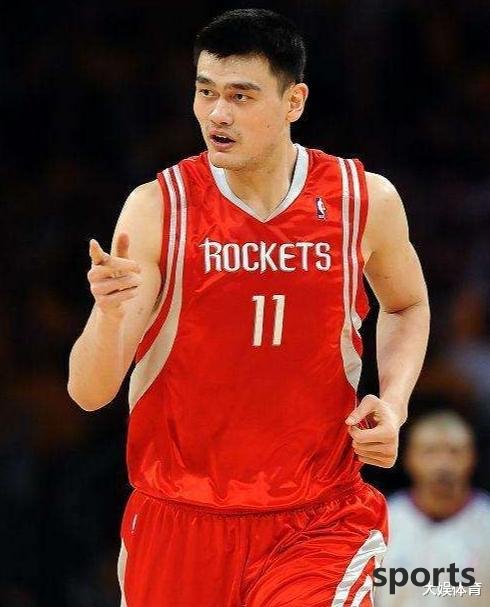
Of course, this comparison requires consideration of differences in the context of the times. In the 2000s when Yao Ming lived, the NBA was still in the "meat grinder era" that emphasized muscle confrontation, and traditional inside players such as O'Neal and Duncan dominated the league. In that defensive battle era when scoring less than 95 points per leg, it was not easy for Yao Ming to maintain a shooting percentage of 55.9%. But it is undeniable that the overall technical level of modern basketball players has shown a geometric growth - the league's average three-point shooting percentage in 2025 has reached 36.7%, an increase of nearly 5 percentage points from Yao Ming's era; the average assists per game increased by 3.4 times, showing that the tactical cooperation is more precise; even the free throw shooting percentage (83.3%), which was once regarded as Yao Ming's advantage, can only be considered to be the middle-to-high level among the center group today.
From the perspective of cultural influence, Yao Ming's status as a bridge for basketball exchanges between China and the United States is irreplaceable, but contemporary international superstars are creating a wider impact. Antetokounmpo's Greek immigration story has become the theme of Oscar documentary. Jokic's horse racing hobby drives the equestrian economy in the Balkans. Doncic's cross-border interactions with football stars have been on the hot searches. This influence beyond the basketball court is deeply in line with the communication characteristics of the social media era. In contrast, in the Yao Ming era, the development of commercial value of international players is still in its infancy, and the insurance advertisements they endorsed are obviously not on the same level as the metaverse projects that stars participate in today.
Looking forward to the future, the dominance of international players will continue to increase. Four of the top five picks in the 2024 draft came from overseas. The broadcast rights of the French Basketball League were sold at a record price, and the African Basketball League received official NBA technical support. When basketball truly achieves global competition, legends in a single region are destined to be subject to a more stringent historical positioning scrutiny. Just as Chamberlain's 100% legend needs to be reinterpreted in the context of modern basketball, Yao Ming's greatness should also be evaluated in a specific historical coordinate system - he is an eternal monument of Chinese basketball, but in the 2025 international basketball panoramic map, it is indeed difficult to squeeze into the discussion area of top players. This seemingly cruel contrast just confirms the development and progress of basketball on a global scale.
Related Posts
- Hornets coach: Kneipelmann Sexton has a chance to start and they can play a key role
- Markkanen: Murinen is on the right path and he can make a fortune in the NBA
- Foreign media show James interacting with fans in the rain: Heavy rain cannot stop the whole city from moving to welcome James
- The sixth man once was! Analysis of how Clarkson supports the Knicks substitute attack
- No. 1 in the league! No. 1 in the league! The 24-year-old No. 1 pick is crazy about gaining muscles, he wants to hit the scoring champion + MVP
- Top 100 stars are released!
- What’s the matter! The Warriors quietly strengthened it, and they added 2 more! OK, I can explain it
- Return to the Cavaliers? James statement has caused heated discussion, US media lists 8 potential destinations, and the four top picks are expected to join forces
- 125 million in 5 years! The NBA s first contract of RMB 100 million this summer was born, and the number one player in the draft was counterattacked
- Absolute nemesis! The Thunder fought the Eastern Conference with 30 wins and 2 losses this season, only losing to the Cavaliers + Pacers one game each
Hot Posts
- Hornets coach: Kneipelmann Sexton has a chance to start and they can play a key role
- Markkanen: Murinen is on the right path and he can make a fortune in the NBA
- Foreign media show James interacting with fans in the rain: Heavy rain cannot stop the whole city from moving to welcome James
- The sixth man once was! Analysis of how Clarkson supports the Knicks substitute attack
Recommend
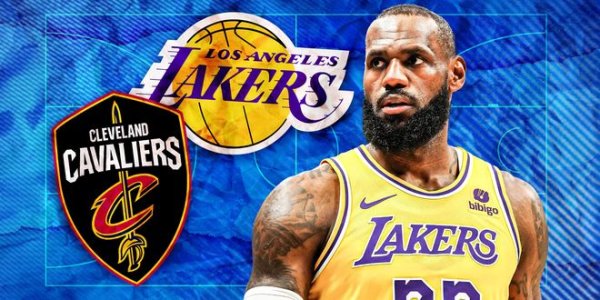
James latest odds are released: Lakers Cavaliers are second, Mavericks are third, Warriors are fourth
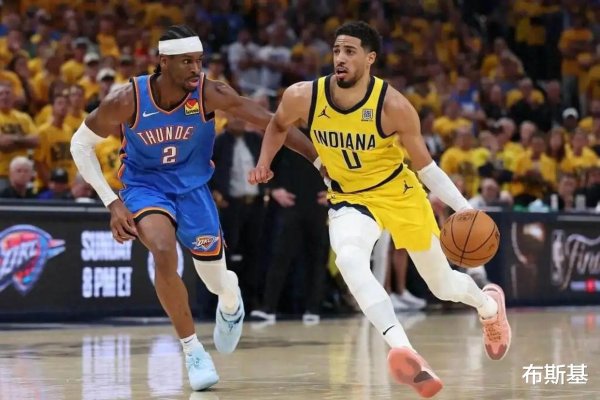
Five tiebreakers lost, fighting Jordan, fighting James and O Neal all failed, and it was difficult to break the curse
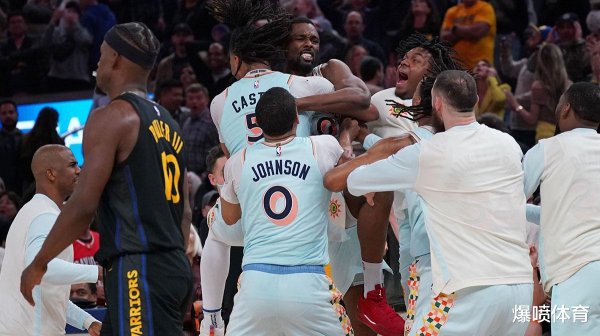
The future is promising, Spurs Barnes bluntly states that the "luxury" Spurs young core player
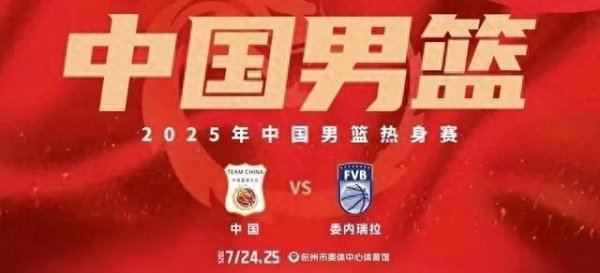
Warm-up match: Chinese men s basketball team will face South American rivals on the 24th and 25th
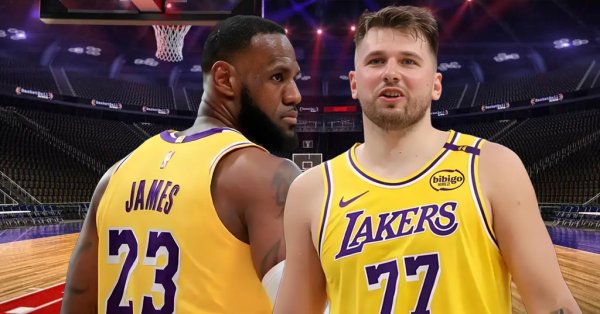
Finally here! Pelinka made a clear call to strengthen the goal, and the Lakers will be the center with averaging 16+11 per game?

[Old General Record] Celtics Badhead! Champion Commander!
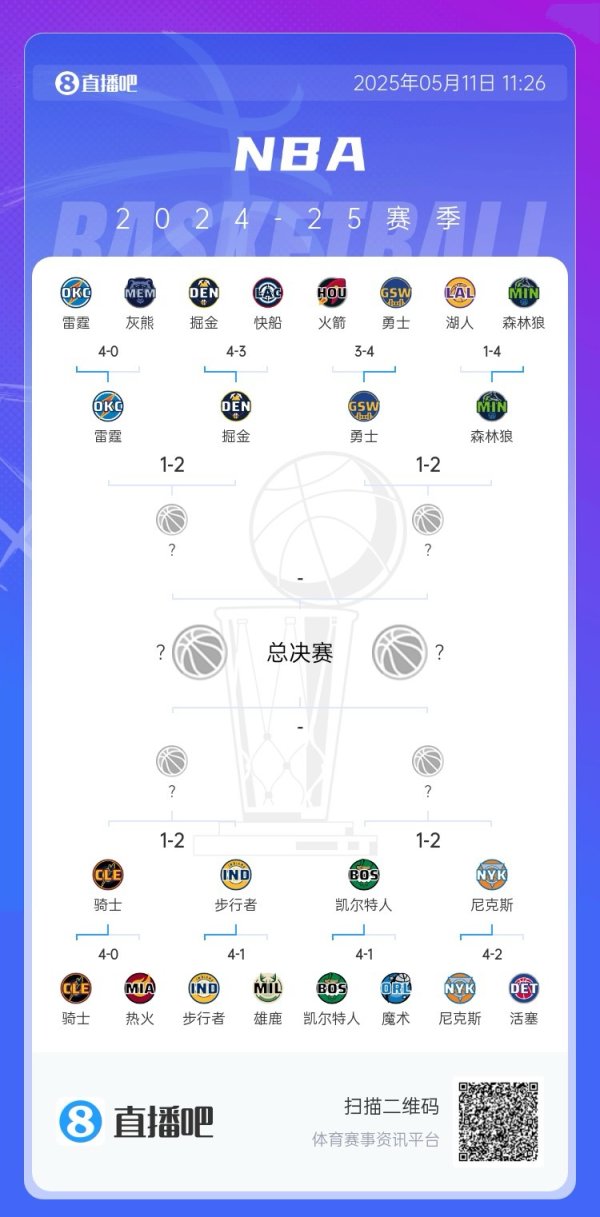
2-1 in the second round: The Timberwolves, who lost their home advantage in the top three in the league, defended the West Sixth team.
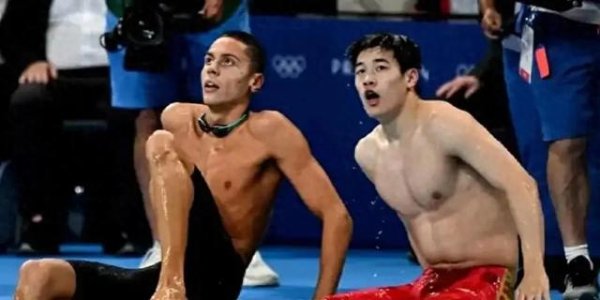
47 seconds 38! Bobo Bai s self-preliminary, 46+ in the final? The pressure is given to Team Pan, and the immortals of Shijin fight